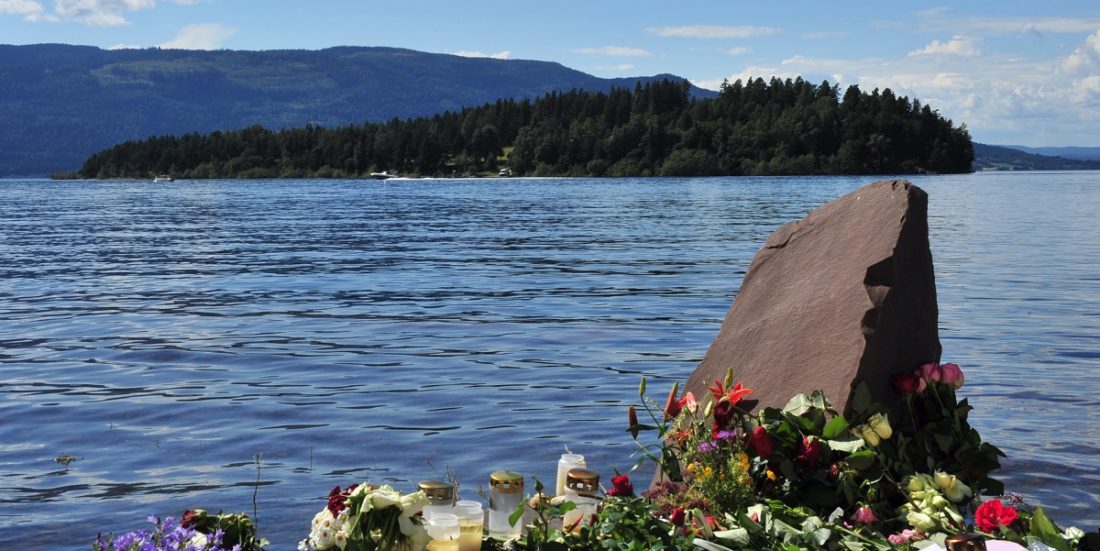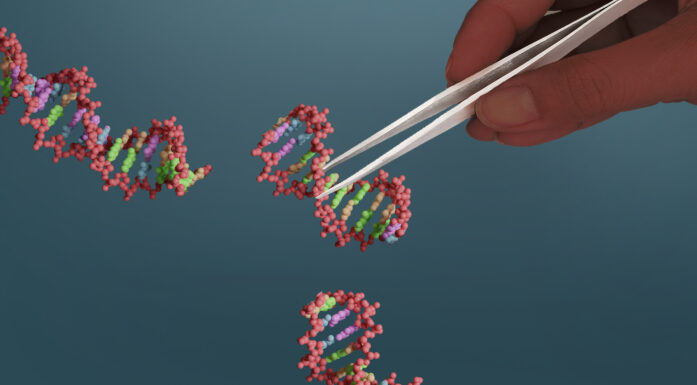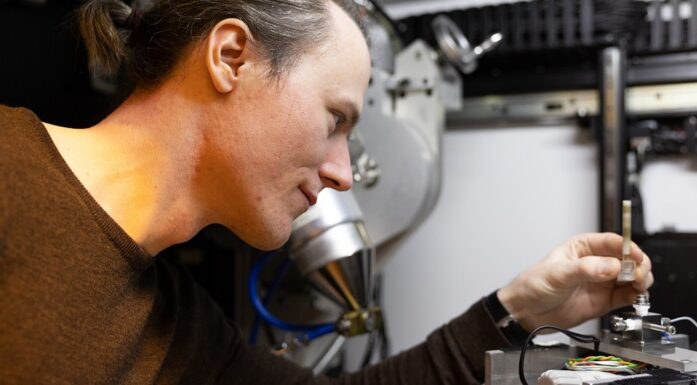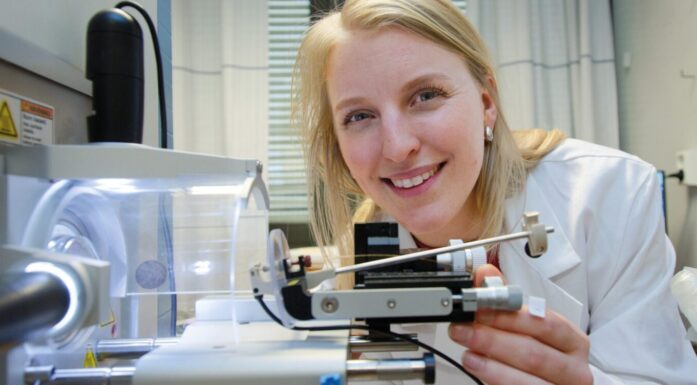The day terrorism came to Norway
“July 22 affected individuals and Norwegian society in a way we have not experienced since World War II,” writes Tor Einar Fagerland.
Tor Einar Fagerland is head of NTNU’s Department of Historical Studies and chief curator for the July 22 Centre.
July 22 Centre: “Shortly before the defendant shot and killed his first victim, the Utøya camp participants had received information about the explosion in the Government Center. Panic arose as they realised shots were being fired on Utøya. (…)
Many observed in shock and disbelief as friends and partners were shot and killed. Heartbreaking scenes unfolded as people hid, ran or swam for their lives while at the same time trying to help and comfort each other. In some places, the living and dead lay side by side. Some were paralysed by fright as they were being shot at; some pretended to be dead, while others begged for their lives. Many hyperventilated. Telephone calls were made and text messages were exchanged with family and friends, partly to ask for help, partly to calm them down, and partly also to bid farewell. Many called the police’s emergency phone number without getting through. Many had run off without shoes. The terrain was slippery because of the rain, and people stumbled and slid through the forest, falling down steep slopes towards the water’s edge.”
The text above is taken from the August 2012 court decision on the 22 July case. It has been four years since the horrors that took place in the government quarter and on Utøya, and three years since the ten intense weeks during which the Oslo District Court reached its final conclusion. The minutes from when the homemade fertilizer bomb went off in the government quarter at 15.25 until Anders Behring Breivik was arrested on Utøya at 18.34 are surely the most thoroughly analysed in Norwegian history. The incident affected a great percentage of the Norwegian population. Nevertheless, the nature of the court’s decision today – only four years after the attacks – feels distant, almost unreal.
Tangible evidence of what happened
The July 22 Centre, which opens on the fourth anniversary of this terrible attack, brings us back to the events that took place on Friday 22 July 2011. Here we show the place where the attack began. We present objects, photographs, film, and texts that are directly related to the incident or that resulted in reaction to it.
It would have been easy to go overboard with audio, film and histrionic lighting. We have more than enough material. But this is not what we have done. Instead, we have chosen to use video images in just two places in the exhibition, and audio in just one place. This last is sequestered in a separate room, where witnesses from the government quarter and Utøya share their experiences.
The few, carefully chosen objects in the exhibition help to document that 22 July was something that really happened, in a real place. This was something that affected real people. Tangible things, such as locations, pictures and objects also function as “witnesses”. They “were there” when it happened. Objects and images were used as concrete evidence during the trial to show what happened. In the exhibition, they are used in the same way: to show what happened.
Physical proof
Here we see the mangled remains of a VW Crafter, which, loaded with a 900-kilo bomb, was parked in front of the government high-rise building. We see the transport box containing ammunition that was shipped over to Utøya, we see the fake police ID carried by the perpetrator. But we also see mobile phones and cameras from Utøya camp participants – the phones that were the only connection that the camp participants had to the outside world during the attack. These physical manifestations of the incident will be presented in a factual and documentary manner without undue dramatization. Nothing has been added and nothing has been taken away.
The court’s decision
The most powerful of all are not the objects, but the text from the court’s decision of 24 August 2012. Few would formulate a decision this way in 2015, but in 2012 the court decision had to be written like this. It was necessary to get right to the heart of what had happened. It must have been a painful document to write and equally painful words to hear. Four years later, these texts are still painful to read. They are nevertheless part of our history that must not be forgotten.
July 22 affected individuals and Norwegian society in a way we have not experienced since World War II. The international media described the event as one of the worst atrocities in recent European history. It is not the objects and pictures in the exhibition that are the most powerful, it is the event itself.
For individuals who still live with the aftermath of July 22, the wounds remain open. It may well be that many of these individuals will refrain from visiting the exhibition, this year, next year and the year after that. Grief is individual. In a democratic society that is committed to protecting the values of democracy, equality and compassion, it may never be too early to confront political extremism and racism. This is something we must do all the time.
A place for reflection
July 22 is the expression of a concrete, specific and violent threat to the basic values of Norwegian society. Four years after the most brutal attack on Norway’s democracy in 70 years, the July 22 Centre is a place to come together to reflect on what this means for us today. The July 22 Centre tells us what happened.
It is a place we can choose to visit, or choose not to visit, but it is there for all of us – starting on July 22 and for the next five years.
First published in Aftenposten 16 July 2015.





